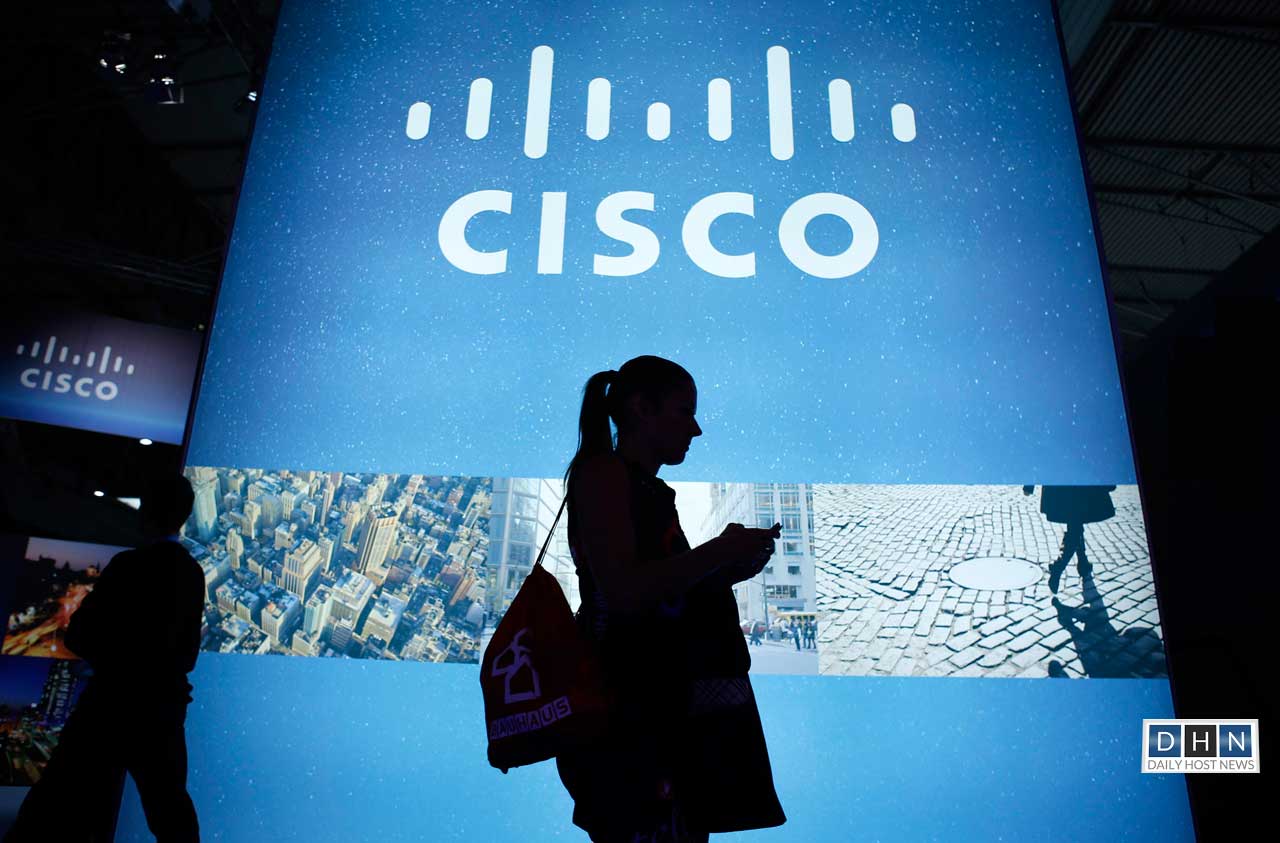Cisco Systems Inc. recently announced its intent to buy Springpath Inc, leading hyperconvergence software provider for $320 Million in cash.
The decision came few days after the computer networking giant announced its fourth quarter earnings report of a declining revenue base.
Total revenue was down 4% recorded at $12.41 billion.
The revenue from many of its products was considerably low (5% down). The primary products revenue was down in the fourth quarter, while services saw an increase by 1%. Security and wireless offerings recorded 3% and 5% upsurge. While other revenue sources were all in the decline, including switching and routing (9% down year-over-year).
Reportedly, analysts said that they don’t expect much improvement to the business in coming quarters, but the company can perform well in the long run. This can be due to the increased efforts towards acquisition of software and subscription businesses.
The intention to buy Springpath can be considered as one such effort. Cisco’s HyperFlex HCI (hyper-converged infrastructure) is an Original Equipment Manufacturer(OEM) of Springpath.
The duo, thus, have been working very closely since 2012, when Springpath was founded. And, most of the customers and channel partners expected the companies to merge businesses in future.
Rob Salvagno, Vice-President, Corporate Business Development, Cisco said, “This acquisition is a meaningful addition to our data center portfolio and aligns with our overall transition to providing more software-centric solutions,”
He further added, “Springpath’s file system technology was built specifically for hyperconvergence, which we believe will deliver sustainable differentiation in this fast-growing segment. I’m excited to be able to provide our customers and partners with the simplicity and agility they need in data center innovation.”
The company also announced its plans to extend ACI (Application Centric Infrastructure) into public cloud segment.
In a company blog it said that now the customers will be able to run applications across their private as well as public cloud. The service will soon be available on Microsoft Azure, Amazon Web Services and Google Cloud platform.
With this, the company aims to offer maximum flexibility to its customers. Currently, ACI service supports multiple hypervisors, Linux containers and bare metal servers. The company even co-engineered with over 65 Data Center ecosystem partners who run their products with ACI. This has helped ACI turn into the most flexible and widely deployed SDN (Software defined networking) solution.
And now by extending the same facility to public cloud domain, customers will get more benefits.
With such developments and efforts in revamping product line, it would be interesting to see how Cisco jumps back with higher revenues.
Stay tuned for updates!








